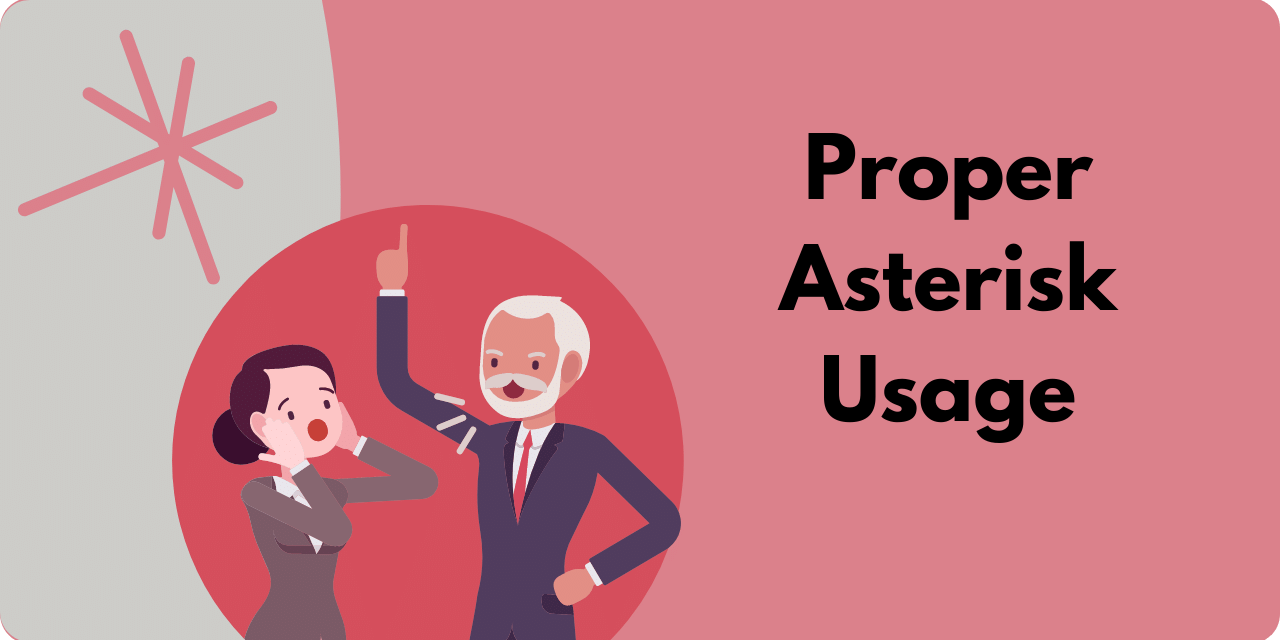A paragraph should be comprised of six to seven sentences. No wait, it should actually be no more than three sentences long. Actually, what really constitutes a paragraph is a topic sentence, a few supporting ones and possibly a concluding sentence! Sigh. Can this paragraph end yet?
Count Ideas, Not Sentences
All three statements above (two of which were actually made by students at Purdue University and Stanford University, some of the United States’ most prestigious institution) are wrong. The right answer is that a paragraph should be as long as it needs to be in order to naturally reach its end.
Like so:
You can have a paragraph be as long or as short as you need it to be. It can go on for pages, or be a single sentence. Even a single word.
Really?
Absolutely. A paragraph should not depend on a specific number of sentences or words. Instead, it should be guided by ideas. Generally speaking, in non-fiction, each paragraph should focus on one specific topic; when you shift to a new idea or concept, begin a new paragraph. In fiction the rules become a bit blurry. A paragraph is a tool to further develop an idea, as well as help the overall flow of the story.
Of course, ideas can be nebulous, are often difficult to package, and are not very likely to stay put in their assigned places. Who is to say how big, or how small, an idea really is? And what about an idea wrapped in another idea? At the end of the day, a paragraph is complete when the writer feels that it’s complete.
The Form and Its Uses
In this case, where did the various edicts on proper length come from? These proclamations are well-intentioned efforts of educators to aid students in learning the basic blocks of writing. Misguided as they may be.
For example, the “topic-support-conclusion” structure (a version of which is named the Schaffer paragraph, after Jane Schaffer, its developer) is valid in a sense that it helps developing writers effectively build persuasive arguments. Opinions tend to dissolve when not backed up by concrete facts or reasoning. But the form is only a guide. A suggestion that can be cast aside once the writer learns its underlying principle.
And to proclaim that a paragraph must consist of x amount of sentences is, while understandable, a somewhat lazy approach. One that will ensure that student writers will back up their ideas with details, but will not teach them why they must do so. The same goes for requiring a word count for an essay. The result is a student that is grasping for quantity, instead of concentrating on quality.
The Final Word
Of course, determining paragraph length can have practical considerations. Readers of publications with narrow columns such as newspapers are more likely to get to the end of a paragraph that doesn’t extend more that a few inches vertically. Website texts are also easier to digest when paragraphs are short. Likewise, book manuscripts should stay away from paragraphs longer than half a page. When editing in Microsoft Word, you can follow a general rule of thumb of breaking up paragraphs that are more than ten lines (using a 12-point type with a 6-inch column) for printed text, and limiting online texts to five lines.
You should feel free to promote and adhere to a particular model of paragraph construction and length, just be just be sure that the learning or teaching involved also emphasizes the paragraph form’s versatility.






